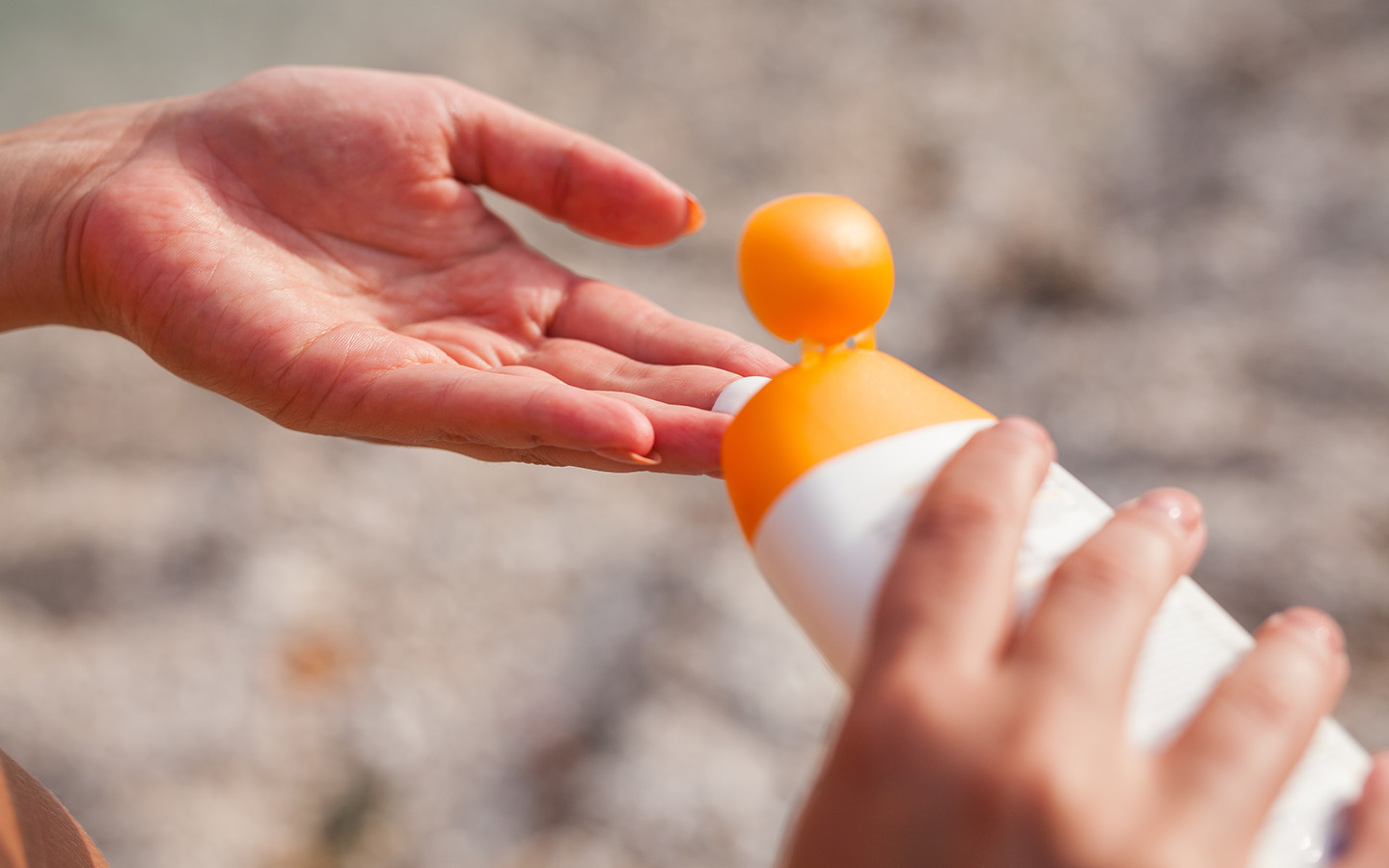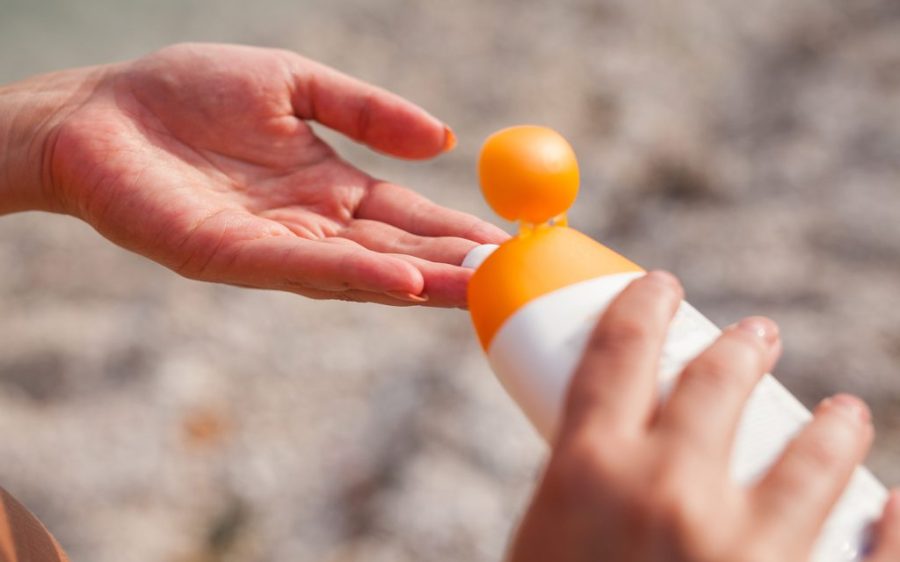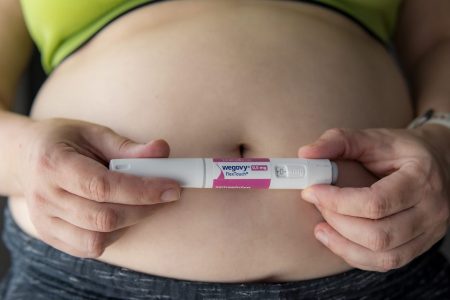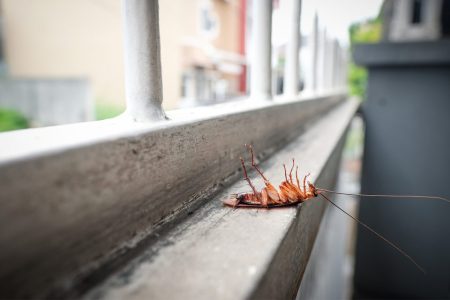Scientists have identified a new threat to marine ecosystems from sunscreen – specifically a common active ingredient that may be quietly supercharging ocean plastic pollution.
A team of researchers at Scotland’s University of Stirling launched a first-of-its-kind exploration of the combined effects of plastic pollution and chemical contaminants from sunscreen. The study focuses on a phenomenon known as “co-pollution,” in which marine plastics serve as a platform for other pollutants like ultraviolet (UV) filters.
Their findings, published in the Journal of Hazardous Materials, and reported by SciTechDaily, indicate that the common UVB filter ethylhexyl methoxycinnamate (EHMC) – often listed as the active ingredient octinoxate on sunscreens – appears to slow the decomposition of plastics in the marine ecosystem.
Researchers say it may also support the growth of biofilm-forming bacteria. “These changes matter,” said Dr Sabine Matallana-Surget, study lead and associate professor in the Faculty of Natural Sciences at the University of Stirling.
“By suppressing the aerobic bacteria that help degrade plastic, and selecting those that stabilize or reinforce the biofilm, UV filters would prolong the life of plastics in the ocean – making them more resistant to breakdown by sunlight or microbes,” she added.
The formation of biofilms on plastics, according to a 2022 paper, also has implications for toxicity, the spread of microbes and horizontal gene transfer – the primary mechanism for the spread of antibiotic resistance in bacteria.
[See more: Plastic pollution is becoming a blight on Brazilian waters]
The world’s oceans are teeming with microbes, many of which play an important role in maintaining a healthy ecosystem, cleaning up waste and even defending organisms against disease. While these microbes may grow on the surface of plastics, forming a slimy layer known as the plastisphere, pollutants in the water are often absorbed by the plastic.
Sunscreen is hydrophobic, meaning it does not dissolve in water, increasing its ability to accumulate in plastics and remain in the marine environment. Scientists have previously studied the plastisphere, but little research has been done into how additional chemicals like EHMC affect the microbes living there.
The University of Stirling researchers found that the microbial character of the plastisphere shifted when plastics were contaminated with EHC, with pollutant-degrading bacteria like Marinomonas declining, even as bacteria like Pseudomonas develop more proteins that stabilise biofilms and improve their ability to survive.
Some species of Pseudomonas are known for their ability to live in polluted environments and break down a variety of contaminants, including pesticides, heavy metals and hydrocarbons. However, other strains are also classified as opportunistic pathogens, capable of causing serious infections that require antibiotic treatment – a potential public health concern, even before factoring in how biofilms may support the spread of antibiotic resistance.
Notable among their findings is how Pseudomonas exposed to EMHC showed a much higher level of a protein which plays a crucial role in maintaining the structure of biofilms. Researchers also noted a shift toward anaerobic respiration, allowing cells to generate energy in the absence of oxygen, exposing a complete shift in the microbial metabolism within the plastisphere.
By hindering development of aerobic bacteria that helps break down plastics and supporting more stress-tolerant anaerobic biofilm-forming bacteria, EHMC may be increasing plastic pollution in the world’s oceans. “Targeted research and policy interventions are therefore urgently needed to mitigate these compounded ecological threats,” Matallana-Surget stressed.






